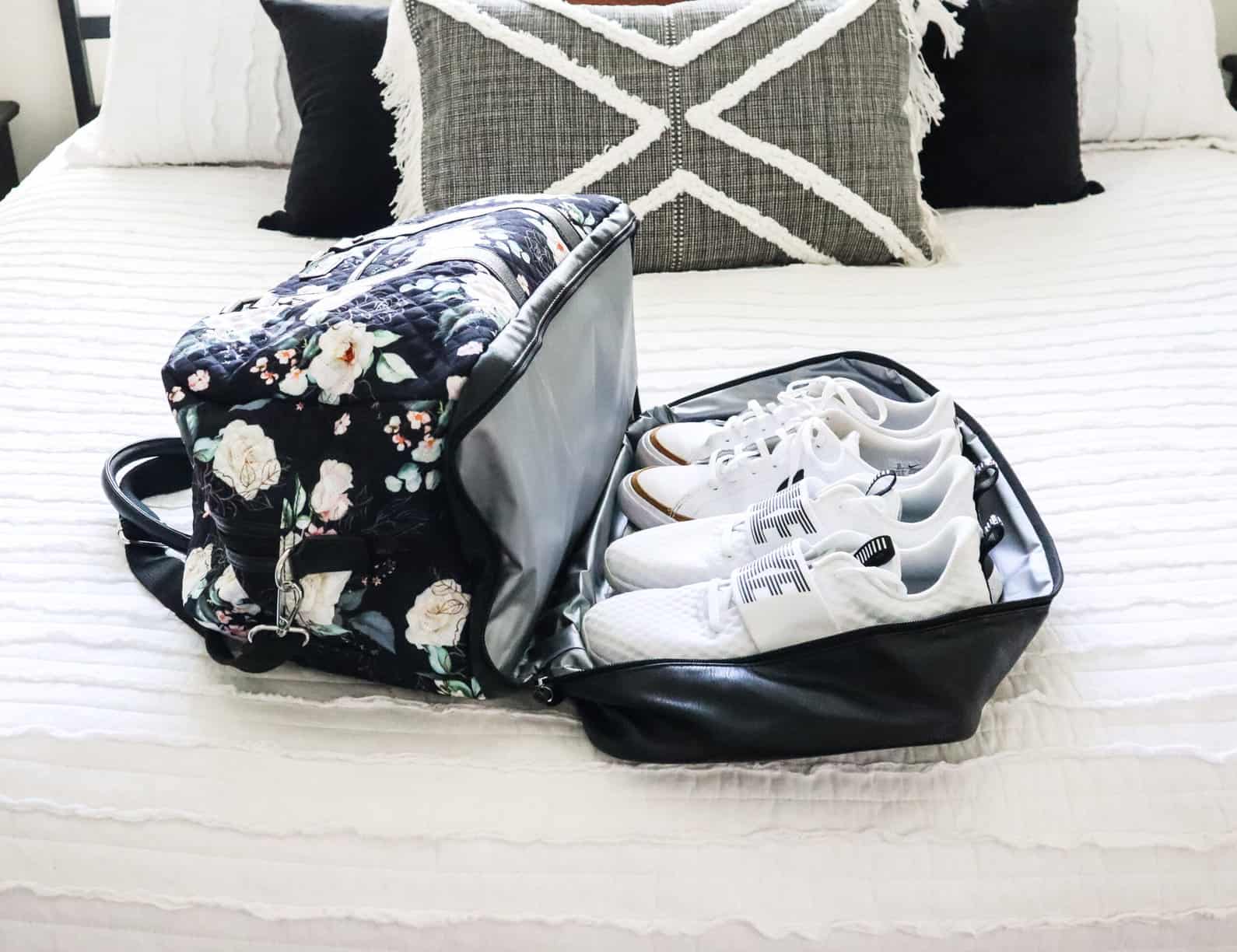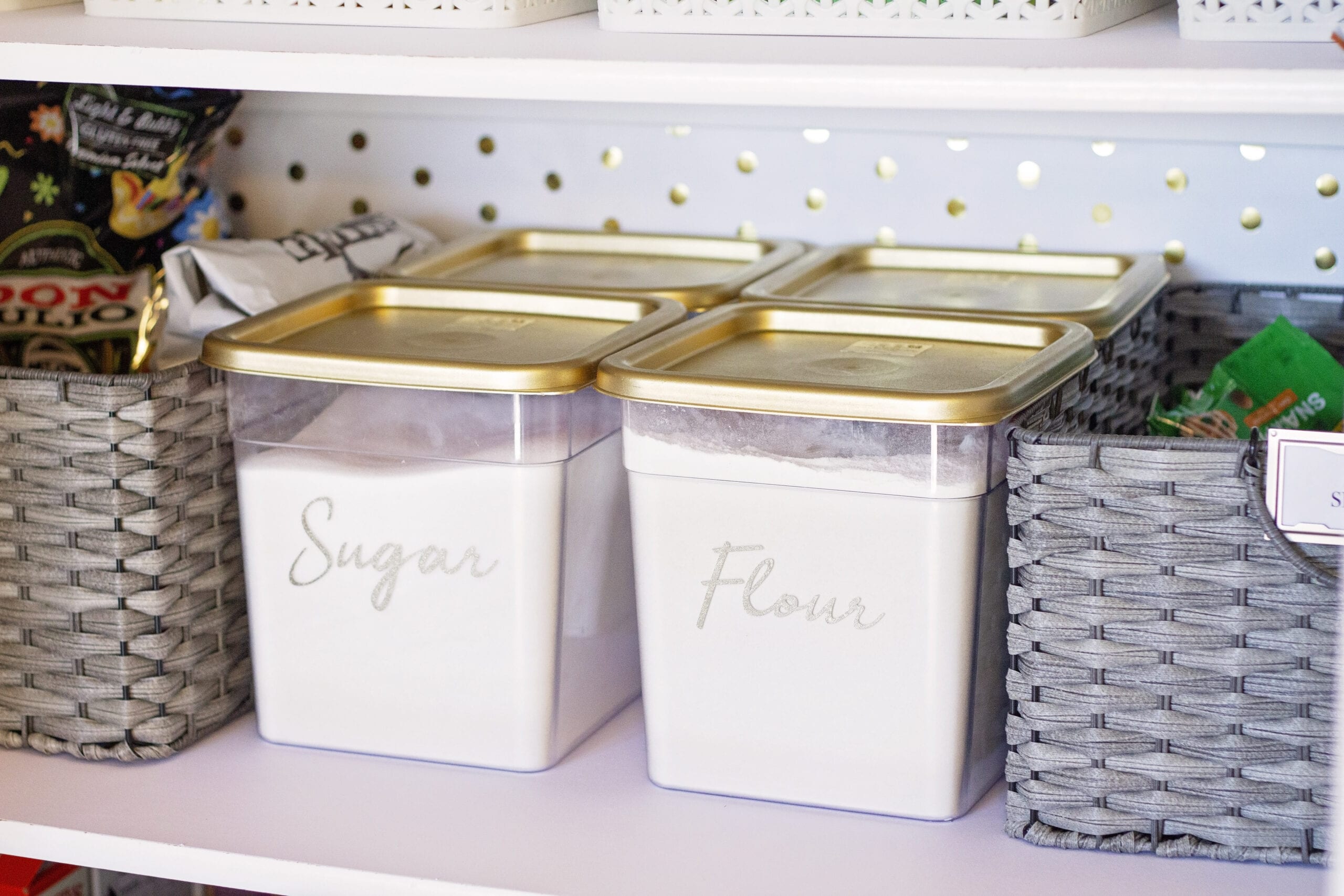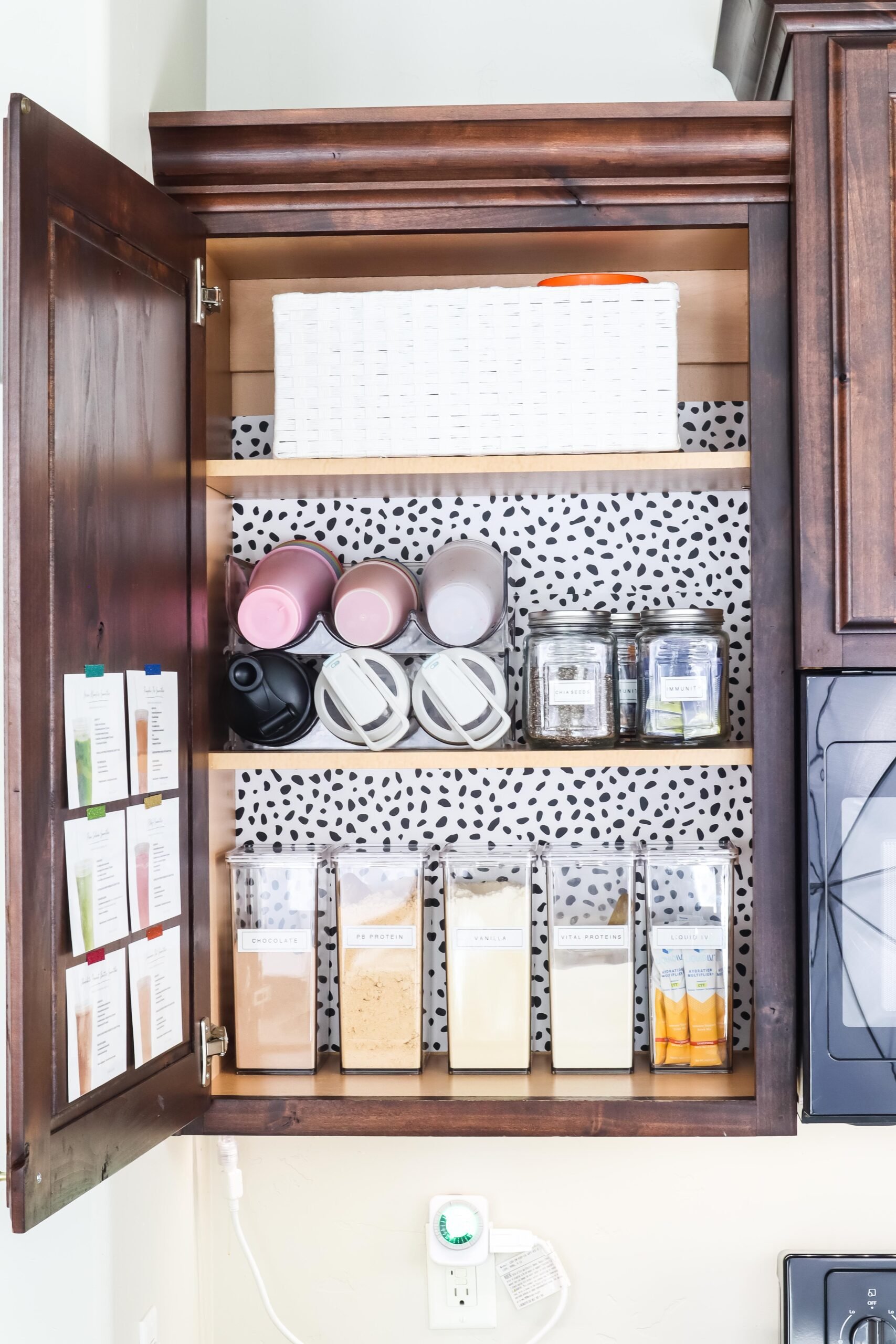10 Tips for Storing Your Winter Clothes
The end of winter is always bittersweet. You’re happy to have the warmer weather but sad to say goodbye to all the fun winter activities.
One thing that can be a real pain during this time of year is finding places to store all your winter clothes. Between coats, hats, gloves, scarves, sweaters, and boots, it can take up a lot of space! In this blog post, we will give you several tips for storing your winter clothes so they don’t take up so much room in your closet or storage unit.
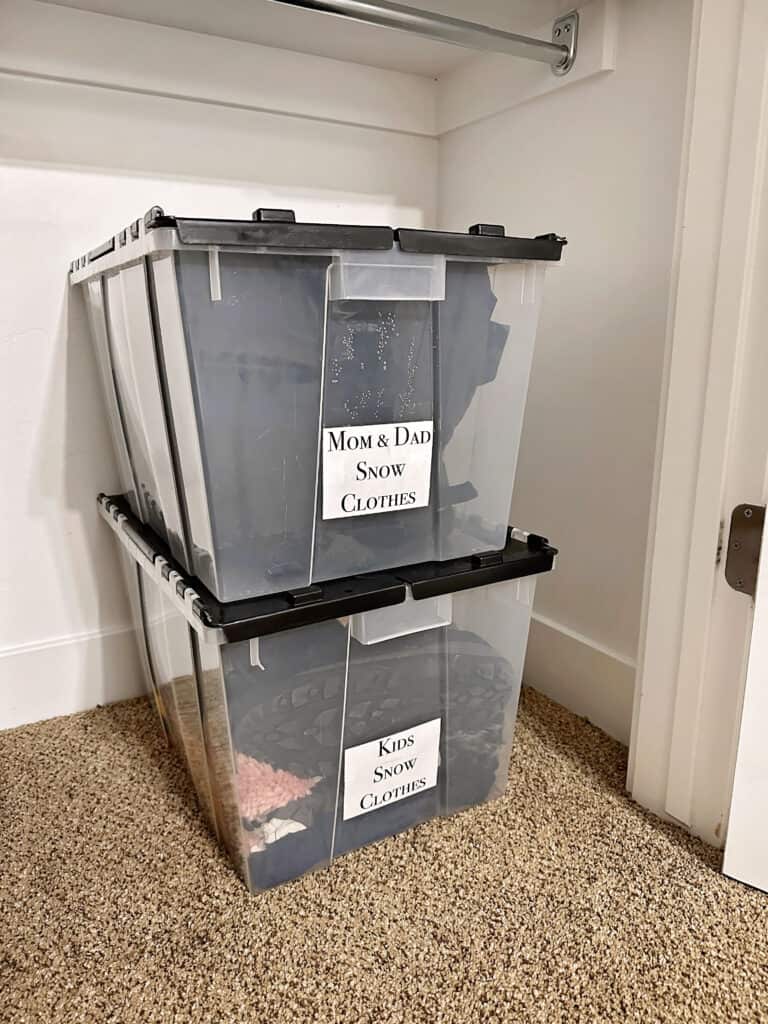
You’ll love these posts, too!
10 Tips to Organize your Garage for Winter and How to Stay Warm in the Winter: 40 Ways to Fight Off the Cold
How to Store Winter Clothes
Winter clothes are big and bulky, and if you live anywhere with snow, you know all that winter apparel and your winter boots take up tons of closet space.
During the colder months, you’ll want your winter wardrobe to be close by since you’ll need it on a daily basis. In our last post about winter gear, we talked about where to store winter items during the winter season.
If you have a spare closet just for winter clothes and winter shoes, then you might be able to store winter clothing there all year long! But most people don’t have that much closet space! These hanging storage bags are great for keeping winter clothes dust-free and clean.
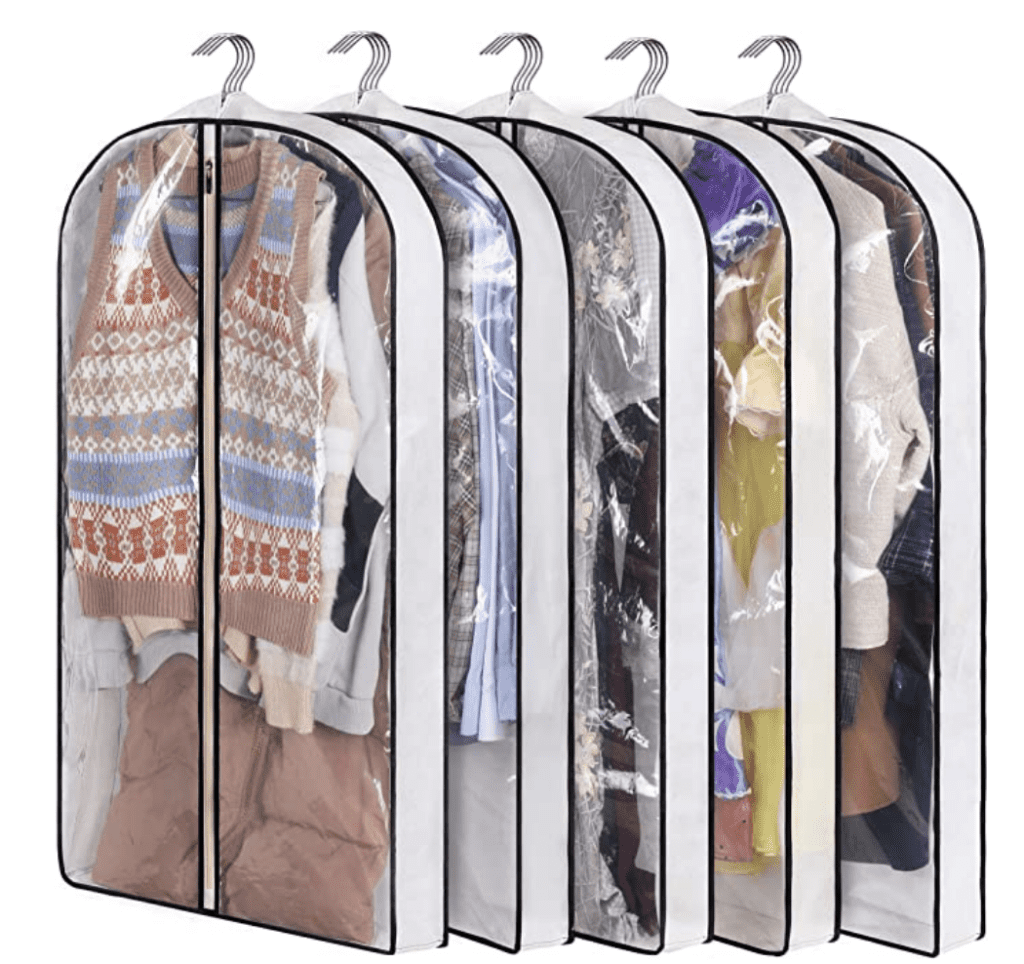
So, whether your winter clothes storage during winter months is in your closet, in a makeshift mudroom, or in your garage, you’ll probably want to put those away when the weather warms. After all, you’ll need to make more space for your summer clothes!
Here are some of my favorite ideas for winter clothes storage as well as some tips on how to prepare winter clothes properly for storage so they last several seasons.
Winter Clothes Storage Ideas
Storing winter clothes can seem daunting if you don’t have a system in place already. So if you’re wondering how to store your winter clothing, these tips should help you find a place to start!
1. Only pack up seasonal clothing that you’ll wear next year.
When it’s time to store winter clothes, you want to make sure you’re only storing clothes you’ll actually need next year. Don’t keep winter clothes that are past their expiration date or don’t fit anymore.
This is especially true if you have kids! Kids are always growing, so what they are wearing this year might not fit next year. Check the sizing on your winter shoes and winter coats and make sure they will fit next year.
Donate or get rid of any clothing items that will not fit next year or aren’t in good enough condition to keep for another winter season.
2. Prepare your winter wardrobe before you store clothes.
Before you put that cold-weather clothing away, make sure it’s all properly prepared! Wash and dry everything from winter coats to boots, and make sure you’ve cleaned your winter clothing as well as you can. MAKE SURE EVERYTHING IS COMPLETELY DRY BEFORE STORING IT. You wouldn’t want to open up your storage tote next fall to find moldy clothes.

Some of your winter clothing might need to be hand washed or even taken to a dry cleaner. For boots and shoes, I also suggest deodorizing them before putting them into your storage space. All of this might seem like a lot of effort before storing clothing, but you will not regret the effort when it’s time to get everything out again next year.
Also, don’t forget to check all of your pockets before storing winter clothes! You never know what you may have forgotten inside a coat pocket.
Tip: Add a new dryer sheet to the container you are storing your clothes in to keep them smelling fresh until you need them again!
3. Store winter clothes in a vacuum-sealed bag.
Vacuum-sealed bags can help compress your winter clothing and protect it from dust, insects, and moisture. You can purchase vacuum-sealing bags at most home goods stores or online retailers.
Vacuum bags can save tons of storage space in your winter clothes storage because they are designed to shrink winter clothing down to a fraction of its original size. Plus, the airtight seal helps keep winter clothing in good condition for longer.
Be careful, however, of what you can put in storage bags and what you can’t. Coats, for example, are bulky, so you might be tempted to vacuum seal all of your coats. While it can be fine for some coats, others are made of material that won’t recover well from a vacuum-sealed bag. So check on the fabric and material of your items as you consider what to put into air-tight bags.
4. Use plastic containers to store winter clothes.
Whether you seal up your clothes or not, you should store almost all of your clothing in plastic containers. This is because plastic does a good job of repelling moisture and keeping winter items safe from humidity, mold, and bugs. Plastic storage bins will help keep your winter items safe for next year!
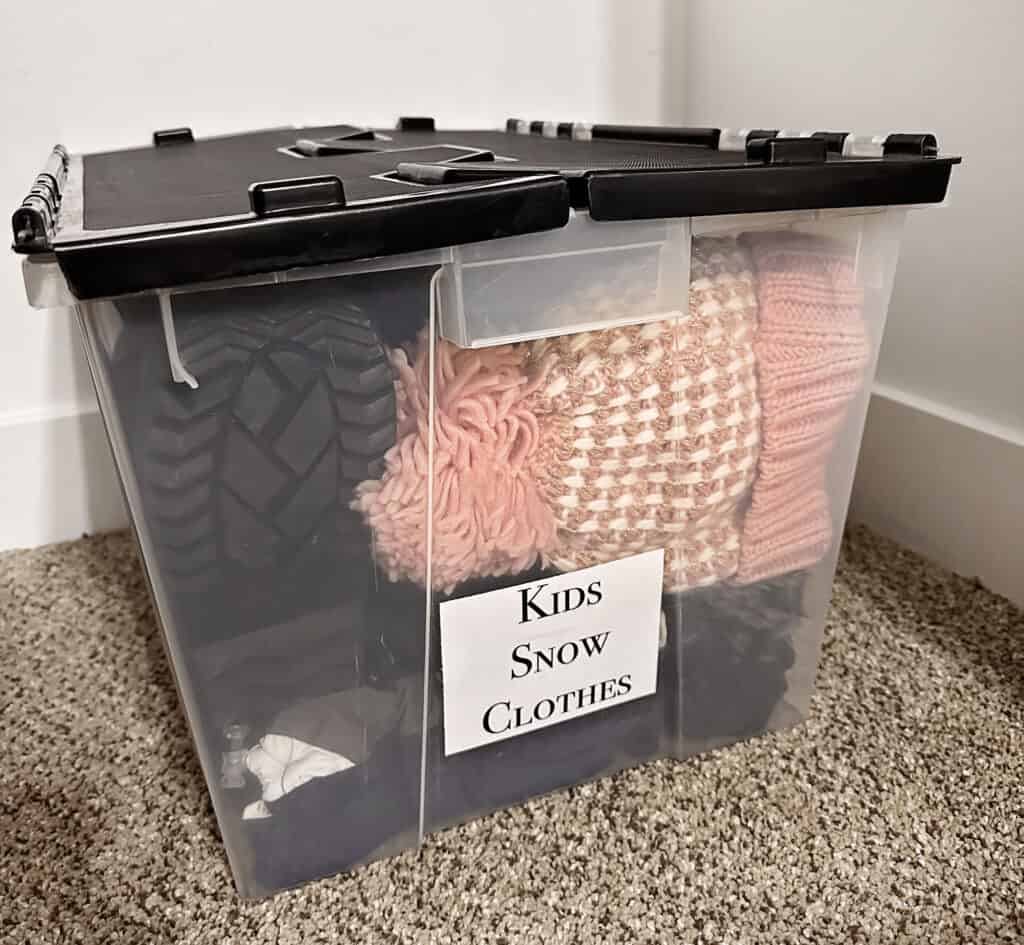
Plus, a labeled plastic storage bin (or several) is perfect for organizing winter clothing, so you know exactly where to find something when cold weather comes again.
You can also look for winter garment bags. These are ideal for bulky winter items like winter coats and big sweaters that don’t fold as easily as other winter clothing. They come in a variety of sizes and materials, so you can choose the one that best fits your winter storage needs!
High-Quality Storage Totes
5. Have an idea of where your storage containers are going.
Before you can buy storage bins, however, you should have an idea of where you are storing it all. Is your only space under your bed? Then you’ll need flatter bins so they can fit underneath. Are they going on high shelves in your garage? Then you’ll want to make sure you get a size that fits those shelves.
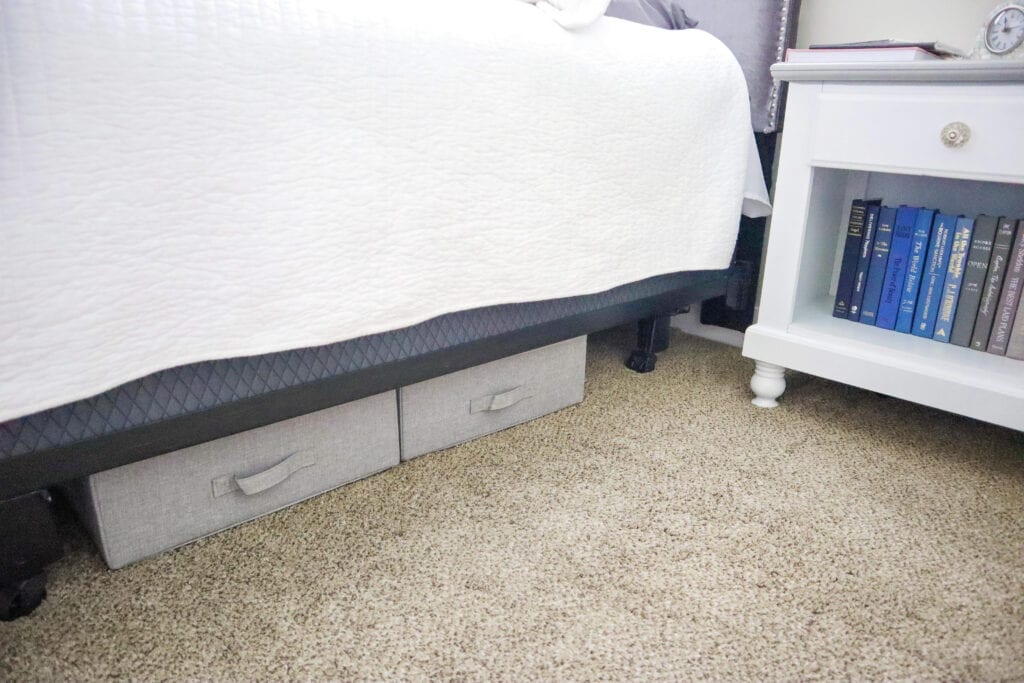
Make a plan of where to store everything before you buy new plastic storage bins. Or, at the very least, keep your receipts so you can return the bins you don’t use or don’t work for your storage space.
SHOP UNDER THE BED STORAGE
6. Prevent moths from getting into your winter clothes.
Moths are a big issue when it comes to winter clothing. They love to feast on winter fabrics and can cause serious damage in a short amount of time. To prevent this from happening, make sure all winter clothes are stored properly in sealed containers or bags.
You should also add cedar chips to the containers and get rid of any moths you may see. Lavender sachets also work well! Just place some in your garment bag or plastic bins to keep your clothes protected.
7. Organize and store clothing by type.
To make it easier to find your clothing next year, I suggest organizing your winter gear by type. For example, hang all your winter coats together, group all sweaters together, and store winter hats and gloves in a basket. This way you’ll know exactly where everything is when the weather starts to get cold again!
This is also a good idea because some clothes need to be hung up while other types of clothes need to be folded. So keeping similar clothing types together will ensure everything is stored properly.
8. Store winter clothing in ways that will not damage clothing.
To keep winter clothes from getting wrinkled or damaged over time, use garment bags or acid-free tissue paper for storage. You should also research the best way to store each item to keep it from getting damaged.
For example, heavy coats should not be folded up, because it will change the shape of the coat. Coats should stay hanging up, so get a coat or dress bag to protect them from dust as they hang in your coat closet or clothing storage until next year.
You do want to fold winter clothing like knitwear and sweaters since hanging knits will change their shape. So make sure you know the best way to store your winter clothes so you don’t pull your clothes out next year and find everything damaged.
9. Try not to over-fill storage bins or garment bags.
While it’s tempting to cram everything into storage bins, you don’t want to over-fill your containers. Overfilling bins can lead to items getting crushed or wrinkled and can also make it difficult for you to access what you need when winter rolls around again.
Try to use plastic bins that are appropriate for the amount of winter clothing you have, so everything is organized and easy to find.
10. Store winter clothes in a cool place.
Avoid storing your clothes in a place that gets a lot of direct sunlight or has huge temperature swings. Instead, opt for a cool area with stable temperatures and low humidity.
If you don’t have the ideal storage environment in your home, consider investing in an external storage unit that is temperature controlled. This will help winter clothes last longer and also make them easier to access when winter comes again.
Storing winter clothes made easy!
By following these simple tips, you can keep winter clothes in a clean and organized manner. Not only will it help you save space, but it also extends the lifespan of winter clothing so it can be used for many years to come.
Taking the time to properly store your winter clothing now will make getting dressed during wintertime much easier and more enjoyable! Don’t get too overwhelmed when it is time to store your winter clothes. It’s not as big of a task as it sounds!
Go step by step: find a long-term storage space in a cool, dark location, get clear bins or a storage container or garment bag that will fit your space, wash or dry clean your clothes, add lavender or cedar to repel pests, and pack it all up to store everything. And voila! You’re all set for next year.
Good luck!


